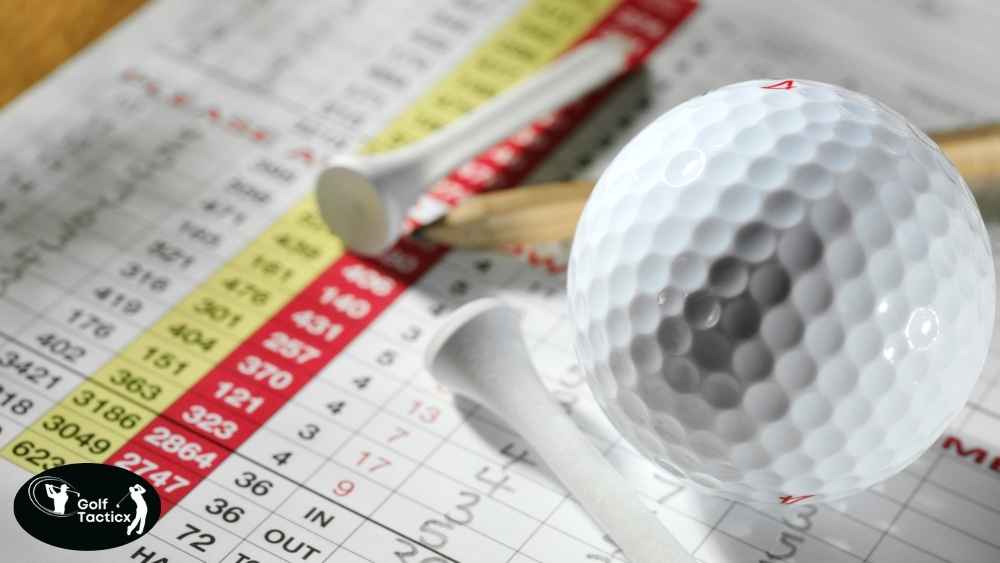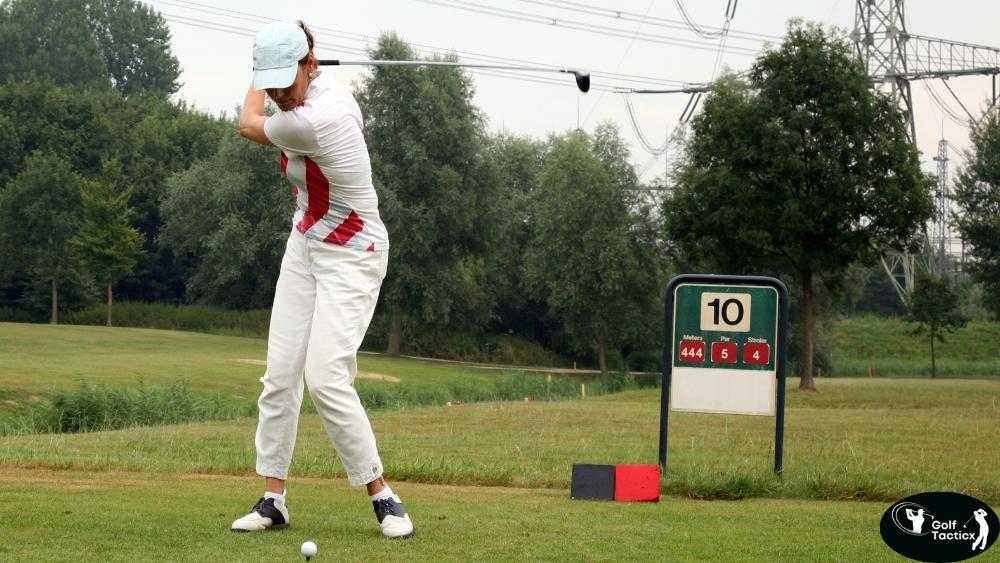In the previous post, we discussed how to Improve Golf Consistency Based on Past Round Analysis, focusing on using performance data to refine your swing and strategy.
If you’ve ever wondered how professional golfers seem to make all the right moves during a round, it’s not just their skill or experience data plays a huge role in their strategy. Golf is no longer just about gut feeling and instinct. The pros use a data-driven approach to fine-tune their game, adjust their strategy during tournaments, and make informed decisions that give them a competitive edge.
In this post, we’ll take a deep dive into how professional golfers use shot-tracking technology and other statistics to shape their game plans. Let’s break it down.
Why Stats Matter in Golf
In the past, professional golfers relied mainly on their instincts, experience, and feel for the game. While these elements are still crucial, data has become an essential tool for improving performance. Stats provide objectivity, allowing players and coaches to assess weaknesses, identify patterns, and track progress in ways that were once impossible.
Here’s why stats matter:
Objective insights: Stats provide clear, measurable data that tells golfers exactly what’s working and what’s not.
Informed decisions: By using stats, golfers can make smarter decisions on course strategy like choosing the right club for a particular shot.
Efficient practice: Stats help professionals focus their practice time on areas that need improvement, allowing them to train smarter, not harder.
Key Stats Professionals Track
Let’s take a look at the types of stats that professionals track during their rounds and tournaments. The following key stats give golfers a detailed understanding of their performance:
| Stat | Purpose |
| Strokes Gained (SG) | Measures a player’s performance relative to others. It tracks a player’s strokes on tee shots, approach shots, around the greens, and putting. |
| Greens in Regulation (GIR) | Indicates how often a player hits the green in the regulation number of strokes, giving insight into approach play. |
| Fairways Hit (FH) | Tracks the accuracy of tee shots. Hitting more fairways often correlates with better scores. |
| Putts Per Round (PPR) | Shows how many putts a player averages in a round. A low number is a good indicator of putting efficiency. |
| Scrambling | Measures how often a player recovers to save par from off the green (including sand saves). |
| Driving Distance (DD) | Tracks how far a player hits the ball off the tee, impacting course strategy. |
| Birdie or Better Conversion | Measures how often a player converts opportunities into birdies or better. |
These are just a few examples. Professionals use a wide range of other stats to assess performance across all aspects of the game.
Using Stats to Make Course Strategy Decisions
One of the most powerful ways professionals use stats is to inform their course strategy. Here’s how they do it:
Tee Shots
By tracking their driving accuracy (fairways hit) and driving distance, professional golfers can adjust their strategy on the tee box. For example, if a golfer’s driving accuracy is low, they might choose a more controlled club (like a 3-wood or hybrid) to ensure they hit more fairways. If they have a high percentage of fairways hit, they may opt to be more aggressive with the driver, aiming for longer distances.
The key is knowing when to play it safe and when to take risks this is where data plays a crucial role. Golfers don’t make decisions on a whim; they rely on their stats to tell them what’s working and what’s not.
Approach Shots
Tracking Greens in Regulation (GIR) helps professionals assess how well they are hitting their approach shots. If a player’s GIR percentage is high, it suggests they’re giving themselves plenty of birdie opportunities. If it’s low, they may adjust by practicing more approach shots or using different clubs depending on the conditions.
Professionals often use a distance-to-the-pin chart to help decide on the right club for approach shots. Stats like the average proximity to the hole from certain distances guide their decisions, leading to better accuracy and better scoring chances.
Putting
Putting is one area where data-driven strategy can make a huge difference. If a professional is averaging a high number of putts per round, they might focus on improving their putting technique during practice. Conversely, if their putting stats are solid, they’ll keep using the same methods, only refining them further.
Professionals also pay attention to putt length putting stats track both how many putts a player has and the average distance they’re putting from. This helps golfers understand how often they’re facing short putts versus long putts, which can influence their overall putting strategy during a round.
Short Game
Scrambling is another critical stat for golfers. This measures how often a player recovers from off the green and saves par, even after missing a green in regulation. Professional golfers use this stat to improve their chipping and pitching techniques.
For example, if a golfer’s scrambling percentage is low, they might focus on improving their short game, especially from bunkers or difficult lies. By analyzing their stats, they can work on specific aspects that help them get up-and-down more often.
Tailoring Practice to Improve Weak Areas
After analyzing their stats, professionals adjust their practice routines to address specific weaknesses. For example:
High Driving Accuracy, Low GIR: If a professional has good driving accuracy but struggles with approach shots, they might focus on refining their iron play, distance control, and target selection for greens.
Low Scrambling: If their scrambling percentage is low, a golfer might work on improving their short game technique by practicing chip shots, bunker shots, and lag putting.
By using stats to create targeted practice plans, professionals can improve their performance in specific areas where they’re falling short.
Monitoring Progress and Adjusting Mid-Round
Professionals also use real-time data analysis during rounds. For example, shot-tracking technology allows players to view stats such as strokes gained, GIR, and driving accuracy after every hole. This data helps them adjust their game plan during the round.
For instance, if they notice that they’re losing strokes on approach shots, they might choose to focus on more conservative clubs, or adjust their shot-making strategy. This ongoing monitoring of stats during play helps pros remain calm under pressure, knowing they’re making informed decisions.
Leveraging Advanced Technology for Even Deeper Insights
Many professionals rely on advanced shot-tracking technologies like ShotLink or TrackMan to get real-time data on their performance. These tools provide even more precise data on a player’s shots, including metrics like ball speed, launch angle, spin rate, and more.
By using this technology, professionals can make micro-adjustments to their technique during practice and improve their overall performance on the course.
Conclusion
Professional golfers use a combination of data and instinct to improve their game. Stats like strokes gained, fairways hit, greens in regulation, and putts per round allow them to make smarter decisions on course strategy, refine their practice routines, and track their progress over time.
Whether it’s adjusting for the conditions, improving the short game, or making mid-round tweaks, data-driven strategies are a huge part of what makes the pros so effective.
By understanding the key stats and incorporating them into your practice routine, you can elevate your game to a new level. And remember, this doesn’t just apply to the pros you can use the same strategies to improve your consistency and performance, too.
In our next post, we’ll talk about the How to Master Golf Tournament Play in consistency and how you can train your mind to stay sharp under pressure. Stay tuned.
















Leave a Reply